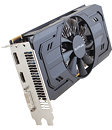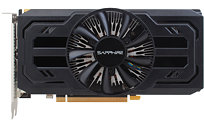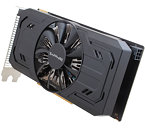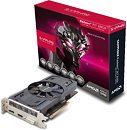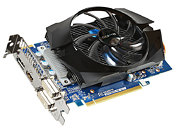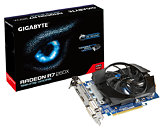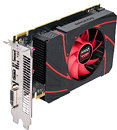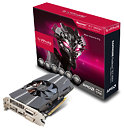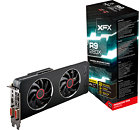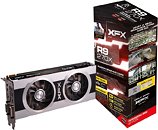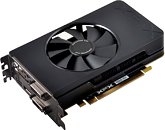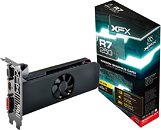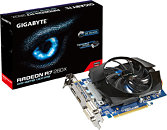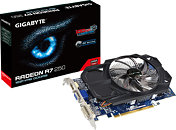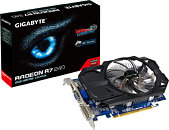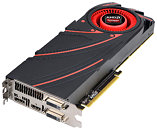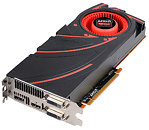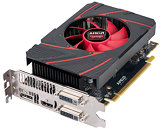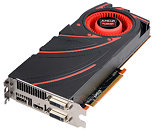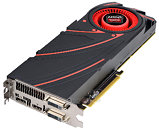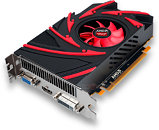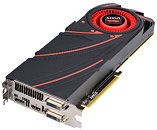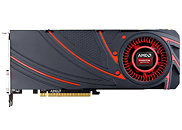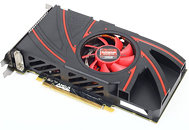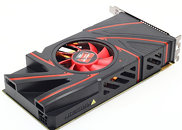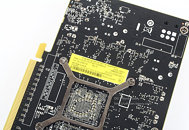
Sapphire Rolls Out Radeon R7 260X iCafe OC Graphics Card
Sapphire rolled out the entry-mid range Radeon R7 260X iCafe OC graphics card for casual-gaming PC builds (eg: low-cost Counter Strike gaming kiosks). Pictured below, the card looks rather premium, with its full-length, dual-slot cooler. That is, until you take a peek under its plastic shroud to find a cost-effective fan-heatsink cooling the GPU, with radially-projecting aluminium fins, a copper core base, and an 80 mm fan ventilating it.
The card draws power from a single 6-pin PCIe power connector; outputs include one each of dual-link DVI, HDMI 1.4a, and DisplayPort 1.2a. The card offers a factory-overclock of 1050 MHz core, and an untouched 5.00 GHz memory, against reference clocks of 1000 MHz on the core. Based on the 28 nm "Bonaire" silicon, the R7 260X offers 896 Graphics CoreNext stream processors, and a 128-bit wide GDDR5 memory interface, holding 2 GB of memory on this card. Expect a $100-ish pricing.
The card draws power from a single 6-pin PCIe power connector; outputs include one each of dual-link DVI, HDMI 1.4a, and DisplayPort 1.2a. The card offers a factory-overclock of 1050 MHz core, and an untouched 5.00 GHz memory, against reference clocks of 1000 MHz on the core. Based on the 28 nm "Bonaire" silicon, the R7 260X offers 896 Graphics CoreNext stream processors, and a 128-bit wide GDDR5 memory interface, holding 2 GB of memory on this card. Expect a $100-ish pricing.
